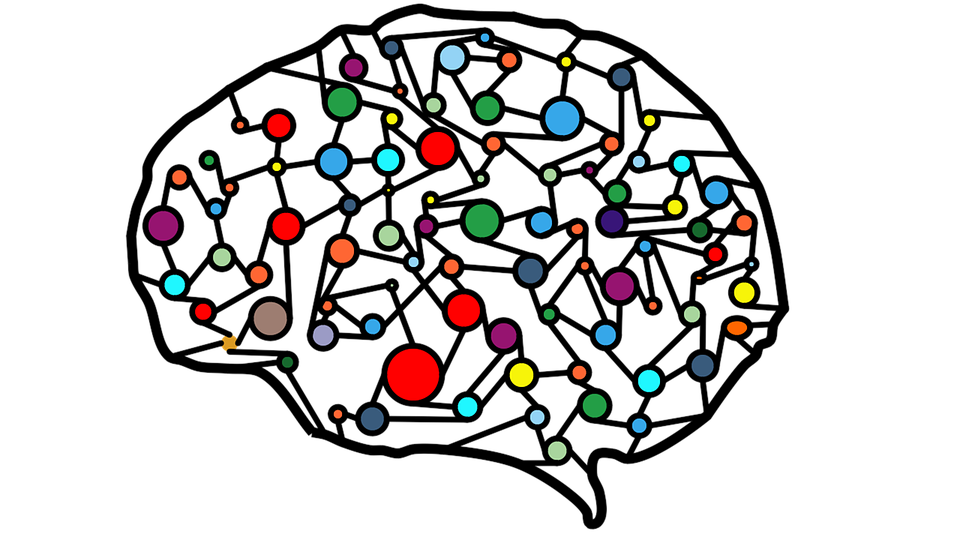How we use AI for more efficient processes and installations. Artificial intelligence is a hot topic right now. We too are increasingly focusing on this area. But you may be wondering what the term artificial intelligence actually means. And asking yourself how we will deploy it in the future. And you probably also want to know who is the point of contact for smart artificial algorithms within DWG. You can read all about it in this blog!
What is artificial intelligence anyway?
Artificial intelligence is a broad concept that can be summarised as the process for making machines or objects smart. The ‘intelligence’ of a system is determined by its underlying algorithm. There are two approaches to making a system intelligent: you manually code rules or you use data to make decisions or perform analyses. You encounter artificial intelligence on a daily basis. In the computer or telephone that you are currently using, for example, i.e. the algorithms applied by Google and Facebook. Even the systems in your car (e.g. ABS) use artificial intelligence.
Machine Learning
There are a number of disciplines within the field of Artificial Intelligence. Together with our customers, we mostly focus on Machine Learning. Put briefly, Machine Learning is giving computer algorithms a self-learning capability so that they can continually optimise themselves based on data and input. Without human supervision in other words.

Adequate data must be available for Machine Learning. So we store the process data for a long period of time and then analyse it. Installing additional sensors allows you to collect even more data. Of course, we use an efficient, flexible and cost-effective approach for this.
Why are we venturing into AI?
We recently launched our innovation platform. Customers, employees or business relations of DWG can post their ideas or insights for further elaboration here. This platform gives us an increasingly accurate picture of your needs. Contributors are particularly interested in making processes and systems run more efficiently through innovation. Reducing energy consumption and optimising quality are key objectives in that context. And that’s when artificial intelligence comes in handy! We collect as much data as possible and run analyses on it. This helps us constantly come up with new and even better insights.


